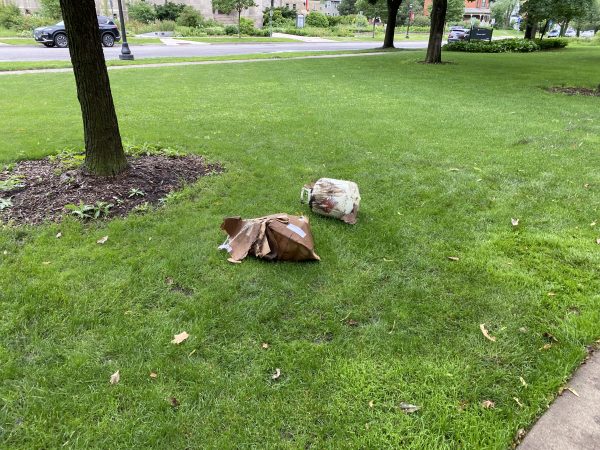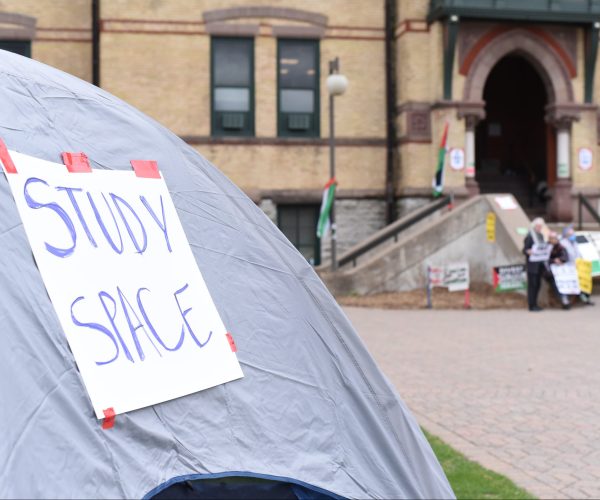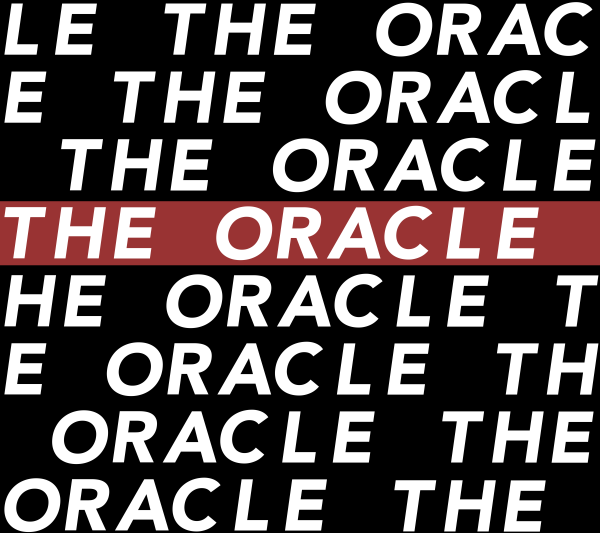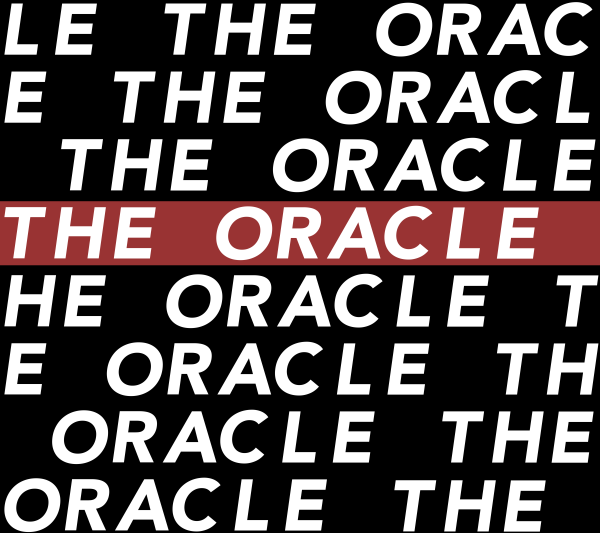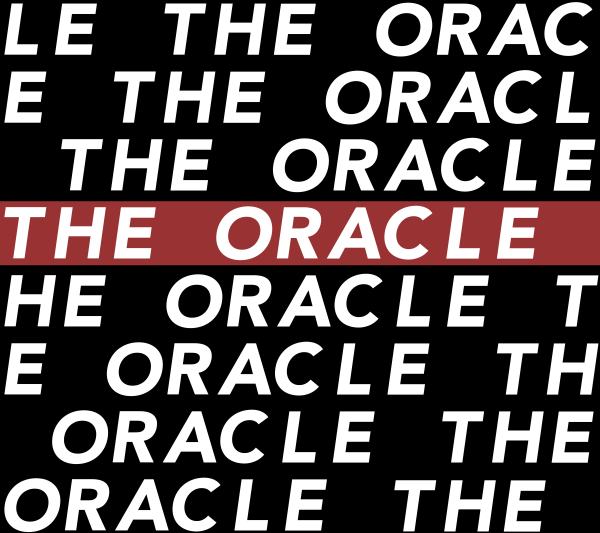A Darker Wilderness Book Launch
On nature, archives and literature
April 5, 2023
TW: discussion of racial caricatures
Hamline’s Center for Social Justice hosted the fourth of Hamline’s five event author series on March 30. This event was hosted in celebration of the release of A Darker Wilderness: Black Nature Writing from Soil to Stars, edited by Erin Sharkey, a Hamline MFA graduate. A Darker Wilderness features a broad range of perspectives, as it is composed of a collection of essays specifically written for the anthology. Goodreads summarizes it as, “a vibrant collection of personal and lyric essays in conversation with archival objects of Black history and memory.”
“Many of the writers didn’t consider themselves nature writers before,” Sharkey said at the event, speaking on the process of reaching out and pitching her idea to authors. “I hope [the anthology] inspires readers to consider their relationship with nature.”
Sharkey also spoke about incarceration in Minnesota: a pressing issue and one that has only grown worse during the COVID-19 pandemic. According to the Prison Policy Initiative, as of this year, “Minnesota has an incarceration rate of 342 per 100,000 people,” a large increase compared to numbers from only five years ago. Many people were incarcerated during the height of the pandemic, and a good number of inmates got sick. Sharkey brought up a specific inmate she worked with, who was unable to receive counseling. With no support or visitation available, it was very difficult for him to stay motivated.
Sharkey then read a section she’d written from the anthology. She discussed how she taught people who had been incarcerated, and that she’s always preferred teaching in unconventional classrooms. She also mentions the ways nature shapes one’s life and experiences, even in unnatural situations, such as being incarcerated.
Sharkey also brought to attention the Hamline archives, or lack thereof. Currently, Hamline University has no archivist. This makes it difficult for students to find what they’re looking for, as archives are not places where one can just enter and browse for what they need like in a library. Physical artifacts are stored in ways that may seem convoluted to those who haven’t learned how to successfully navigate the archives. However, students are encouraged to volunteer and learn more about the job of an archivist.
Amy Sheen, associate librarian at Hamline, was also included in the panel, as she currently works in the archives. She’s the person to talk to if a student seeks information from the archives. “You can do a reference interview with me so I know what resources to look for,” Sheen said.
She asked the audience to consider whether or not they have a DVD or VHS player, and noted that only one audience member had access to a VHS player. She said that digitizing is a very expensive process. In addition, as technology moves on, gaps appear in archive timelines. People don’t think to archive things before getting rid of them. Thus, archives only contain what people have considered important enough to remember.
In the Q&A section, an audience member asked about racist mislabeling in archives, which Sharkey answered by bringing up the dollhouse in the Minneapolis Institute of Art. In the dollhouse, there is only one person of color. She is dressed in an apron and bonnet, and for years, she had stood in the servant’s kitchen, facing away from the guests. MIA staff had then removed her from the display, as a corporate Black group was—maybe rightfully—offended. There was neither fanfare nor a change to the plaque regarding the change.
However, this course of action was only avoiding important conversations about why the doll was there and why she was dressed as a “mammy” character.
Sharkey expressed her disappointment with this outcome, as her nieces had loved the doll, and she had valuable conversations with them about race and representation in the arts. She told the audience that there were other ways to tackle the issue, such as having other artists create their own dollhouses to show her life, or a new plaque acknowledging that this happened to encourage artistic responses. She mentioned that people tend to look for easy answers to the question of how to achieve social justice and change, and that sometimes they arrive at unfavorable conclusions, such as the quiet removal of the doll.
“There’s lots of racist mislabeling,” said Sharkey, “but we shouldn’t erase that. We should know these words so we can contend with them.
Now, the doll is back, holding a baby on a chair. Visitors to the MIA can now see that she hadn’t even had a face painted on, as she was never meant to be seen from the front.
“Nature was a meeting place for many writers of different backgrounds,” Sharkey said. She hopes that, while reading A Darker Wilderness, her readers will also consider what nature means to them.
You can get A Darker Wilderness: Black Nature Writing from Soil to Stars on Amazon, Barnes & Noble or at https://milkweed.org/book/a-darker-wilderness. Sharkey and her wife also own a retreat center, the Fields at Rootsprings, which is open year-round. You can find more information on their website, https://www.rootspringsmn.org/.
https://www.goodreads.com/en/book/show/60660225
https://racialreckoningmn.org/2021/05/17/nature-retreat-centers-healing-for-bipoc-queer-communities/

